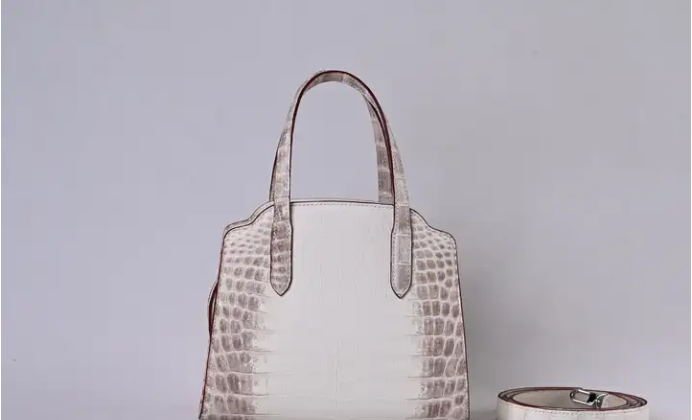How to distinguish between natural leather and artificial leather The method of identifying real lea
Authentic natural leather goods are usually more expensive because they are made of high-quality leather. Many unscrupulous traders in the market sell synthetic leather as natural leather in order to obtain huge profits, which not only seriously disturbs the normal market order, but also makes consumers miserable. So how should we identify leather goods? In fact, the simplest way is to look at the price, the price is significantly lower than the market price of the product may be synthetic leather or inferior leather.

How to tell the difference between natural leather and artificial leather
1. Look for texture and grain: Natural leather usually has natural texture and grain because it is the skin of an animal. These textures may not be completely consistent, as the animal's lifestyle and environment can leave a mark on the leather. The texture of artificial leather is usually more even because it is made by machine.
2. Smell: Natural leather usually has a unique leather smell, with a natural animal skin smell. Artificial leather may not have this odor, or it may have a different chemical odor than leather.
3. Look at the edges: The edges of natural leather will often have the fibers and texture of the skin, while the edges of artificial leather may appear more even without this natural fiber structure.
4. Burn test: This is a more extreme test method. Carefully cut out a small piece of leather and test it in a safe area where it is not easy to cause a fire. Light a corner, then observe the flames and smell of burning. Natural leather often produces the smell of burning hair and will form ash after the flame is extinguished. Artificial leather may produce a chemical odor and leave no ash.
5. Touch: Touch the surface of the leather. Natural leather usually feels warm, soft and textured. Artificial leather may feel colder, harder or smoother.
6. Brand label: Check the label of the product. Most products will clearly indicate whether natural leather has been used. If the label says "Genuine Leather", then it's usually natural leather. If the label says "Synthetic Leather" or something similar, then it's usually synthetic leather.
7. Dripping test: Put a drop of water on the leather surface, the leather will absorb water and gradually dry after a period of time, while synthetic leather will form water droplets on the surface and is not easy to be absorbed.
8. Tensile and elastic test: dermis usually has a certain elasticity and softness, and can be easily stretched. You can try gently stretching a small piece of leather to see if it returns to its original state. Synthetic leather may not exhibit the same elasticity.
9. Blow test: Blow air on the surface of leather goods by mouth, leather is usually not easy to produce bubbles, and synthetic leather may produce bubbles on the surface.
Note that some artificial leathers are specially treated to mimic the look and feel of natural leather, so it is sometimes difficult to tell them apart by visual observation or touch. Be especially cautious when buying high-value leather goods, checking product labels and shopping with trusted brands may help ensure that you are buying the type of leather you expect.






